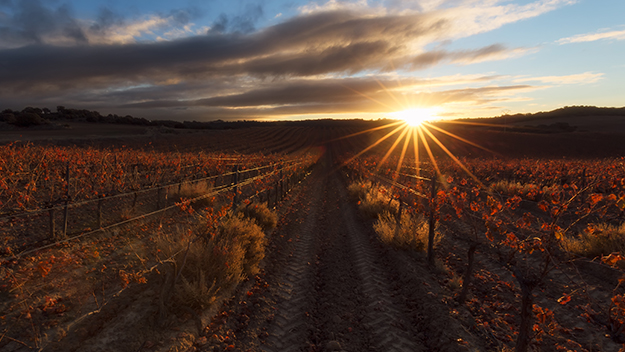Find your winery or vineyard
1 Wineries and Vineyards for sale in Portugal - Madeira
Infographic of the Region

Portugal - Madeira
The region of the Atlantic Islands, located in the southeast of Portugal facing Africa, is the most remote region of the country and has wineries in the districts of Madeira, Porto Santo and Açores.
The islands' vineyards can produce red and white wines, as well as fortified wines, which have made the islands and Portugal famous throughout history. The Denominations of Origin are DOC Madeira, DOP Madeirense, and its IGP Terras Madeirenses.
DOC Madeira, the demarcated area of Madeira wines comprises the islands of Porto Santo and Madeira, was decreed in 1908, and is exclusive for fortified wine. The most important white grape varieties for DOC Madeira are Sercial (Esgana Cão), Verdelho, Malvasia Cândida and Malvasia de São Jorge, Boal (Malvasia Fina), Terrantez (Folgasão) and Tinta Negra, Bastardo, Complexa, Deliciosa and Listrão (on the island of Porto Santo) for reds, as well as other permitted international varieties.
Not only fortified wine is produced on this island. And it was necessary to create a new appellation to regulate and protect the table wines produced on Madeira and Porto Santo Island, so in 1999, the D.O.P Madeirense was created. Subsequently, in 2004, the Protected Geographical Indication of regional wine of Terras Madeirenses was created.
Grape Varieties
Four main traditional varieties are used for the production of Madeira wines: Sercial (a vine that some people relate to Riesling, due to its high acidity), Verdelho (of unknown origin, it can come in white or black varieties, although the one used is the white one, preferably used in semi-dry wines), Boal or Bual and Malvasia (marketed as Malmsey), all of them white varieties.
Tinta Negra Mole is the basic variety in the region, it has been perfectly adapted since the 18th century, and produces the whole range of dry and sweet wines. It is a hybrid of Garnacha and Pinot Noir.
During the second half of the 19th century, mildew and phylloxera practically wiped out the traditional varietals. Nowadays, more than 80% of the vineyard corresponds to plantations of the black red variety mole, which gives rise to light, sweet-tasting red wines.
Other varieties that persist minimally on the island are: Terrantez, Bastardo, (it is the French Trousseau); Caracol, Carao de Moca, Complexa, Deliciosa, Listrao, Malvasia Blanca, Moscatel Graudo, Rio-Grande, Triunfo, and Valveirinho. All these varieties are pre-phylloxera and if they are found in any composition it is anecdotal, except for the Terrantez which, although it is extinct in Madeira, remains a little on the island of Porto Santo, and it should be noted that the Portuguese government is making great efforts to recover it.
Climate and soils
The island of Madeira and its neighbour, the small island of Porto Santo, are located in the North Atlantic, about 1,000 km from Lisbon, at a latitude similar to that of Casablanca in Morocco.
Madeira has a subtropical oceanic climate with mild and pleasant temperatures. It is a region of steeply sloping mountains where the vines grow on high terraces with very fertile volcanic soils. The grapes are harvested early, so they have a very high acidity, an important characteristic for the production of Madeira's fortified wines.
Temperate in the higher areas in the south and all the northern part of the island and subtropical in the lower parts of the south. In general, the temperature does not vary greatly throughout the year, which is why the ripening cycle of the grapes takes longer. The island has micro-climates, with the northern part being colder and rainier, while the south is sunnier and drier. The southern part is where most of the vineyards are concentrated.
This island in the Atlantic Sea has predominantly basaltic soil that is not very fertile. The vineyards are generally located on very irregular terrain, on steeply sloping hills. The island has about 400 hectares of vineyards, so wine production is limited.
The vineyards are spread over hundreds of small farmers. The large wineries producing Madeira wine actually have few vineyards, so they are forced to buy grapes from these small producers, and the problem is that there is little control over the viticulture. Given the abrupt characteristics of the vineyards, the grapes can only be harvested by hand. The most common vine training system is the pergola.
Provinces
Discover more wineries and vineyards for sale in these wine regions in Islands
Subscribe to our mailing list to receive news about wineries and vineyards.








